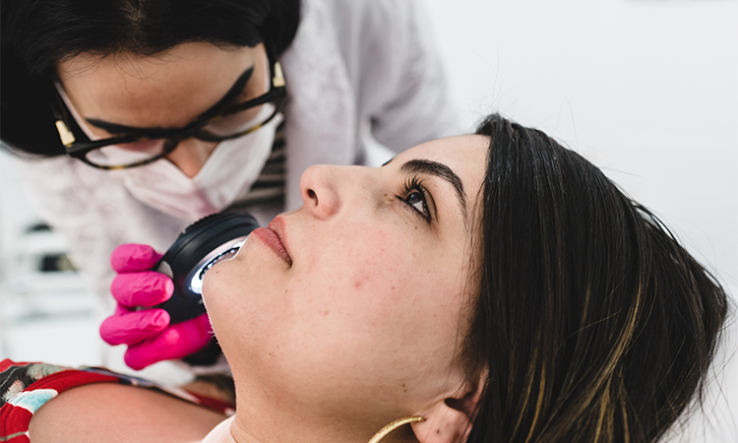
The funder supporting foundational research in dermatology
For dermatology researchers, the Denmark-based Leo Foundation is a particularly valuable funder. The foundation, which owns the pharmaceutical company Leo Pharma, manages financial assets of around €2.3 billion and is looking to raise its spending on research in the next few years.
As part of its funding portfolio, the foundation offers research grants of €270,000-€540,000, lasting one to three years. These are available to researchers in any country via three annual rounds. The next deadline is 28 February, followed by 23 June and 31 August. Projects in basic, translational or clinical dermatology are welcomed; the Leo Foundation does not fund projects on skin cancer.
Chief scientific officer Anne-Marie Engel explains what the panel looks for in bids.
How much funding is the Leo Foundation expecting to award this year?
We expect to give around €27 million. Our aspiration and ambition is that by 2025, it will be €33.5m. We are also increasing the number of grant-making instruments.
What is the aim of the research grant scheme?
We want to give an opportunity to as many researchers as possible. The grants are not very large, but they are there to help and support researchers with innovative ideas in dermatology research, in a broad sense, going from basic to clinical.
How many grants are you expecting to award?
Between 25 and 30. We have an agreement with our board about how we expect to distribute funding across the different grant-making instruments we have. But it also depends on the applications we get, so if for one scheme there’s more quality than expected, we can add a bit to the budget. If there’s not enough quality, we won’t award as many grants. We usually get around 30 applications per round. The success rate was quite high in 2022, but it does vary. The average success rate over the past five years is 19 per cent.
Where do applications come from, geographically speaking?
We get most of our applications from Europe and North America, but we’re seeing increasing numbers from the Asia-Pacific, specifically Australia, which
we’re thrilled about.
Why are skin cancer projects not eligible?
It’s easier to get funding from other agencies for cancer research than for other skin disease-related research. We want to give researchers of other skin diseases a chance to get funding. However, we do permit applications where skin cancer is used as a model to look into other mechanistic hypotheses and ideas for other skin diseases.
What’s the relative distribution of basic research grants against clinical ones?
It’s not level, let me say. We get more applications for basic research and that’s reflected in the awards, but we very much invite applications in translational and clinical research. In the future, as we increase our grant amounts, we will also have some thematic grants that invite, in a more focused way, researchers in those areas.
Is there a minimum level of experience required to apply?
People must have a PhD or equivalent, and we mostly award grants to assistant professors and above. Your experience as a research leader is, of course, part of the evaluation.
What are you looking for in applications?
We’re looking for excellence, and the potential for step change in an area. Our board asks us about the potential for leaps forward every time we meet. At the same time, it’s important to make sure that really good research groups and research environments can continue on course towards new knowledge and, hopefully, new treatments.
Are there any common mistakes that applicants should avoid?
A common mistake is that people fail to read the small print in the instructions to applicants. They sometimes forget to attach some of the mandatory documents so that when we screen the applications for eligibility, we reject them for administrative reasons. Also, we have a very clear scope for our philanthropic activities—dermatology research, from basic to clinical—you reduce your chance of winning to near-zero if you don’t stay within it.
Are there any elements that would make an application stand out?
We like that when people apply they have some kind of feasibility analysis of the proposed project. So if they don’t have all the expertise and infrastructure in-house, within their group, it’s important for us to see who they are teaming up with, to make
sure that they cover all the expertise needed.
What would your top advice be to applicants?
The main advice would be to read the application guidelines carefully, then ask us if there’s something you think is unclear. It’s a pity if people think they are a fit for the Leo Foundation and it turns out that they are not, and that kind of question can very easily be clarified by an email or a phone call.
This is an extract from an article in Research Professional’s Funding Insight service. To subscribe contact sales@researchresearch.com